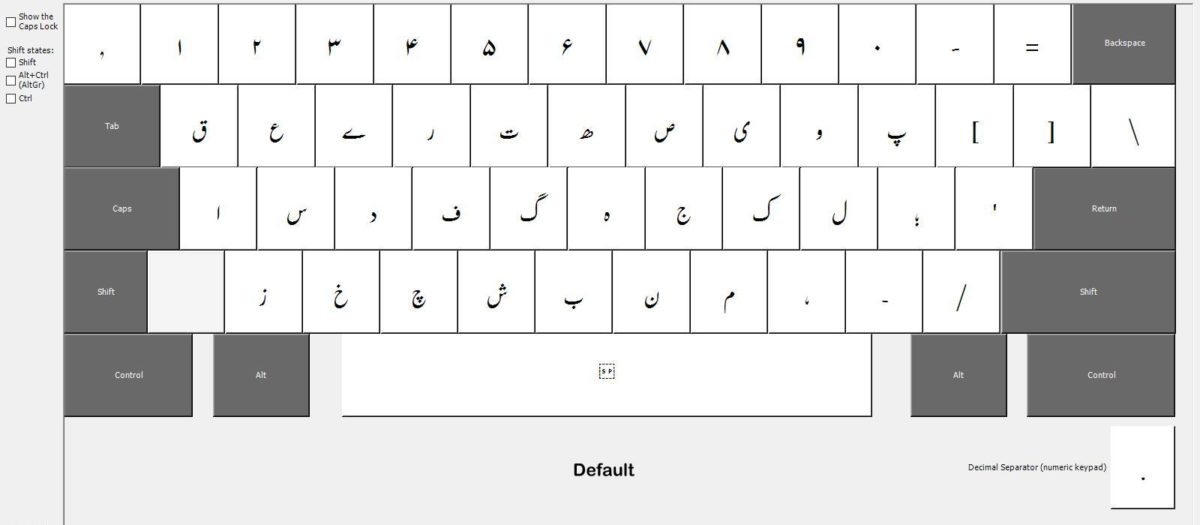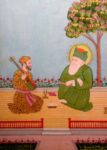Tag: language
-

A Comprehensive Keyboard Layout for Urdu
Many Urdu speakers first learn how to type in English, and therefore have trouble adjusting to the standard Urdu keyboard layout. The same applies to many of the speakers of languages that use variations of the Arabic script. Some people adjust to the standard layout of the language, but others may prefer an alternative that is…
-

Urdu: Language of Poets
Urdu is an Indo-European language from the central zone of the Indo-Aryan branch, with over one hundred million speakers worldwide. Once associated with the Mughal Empire, it is most prominent in Pakistan, northern India, and South Asian diaspora communities. Due to its mutual intelligibility with Hindi, Urdu and Hindi are often referred to jointly by the term…
You must be logged in to post a comment.